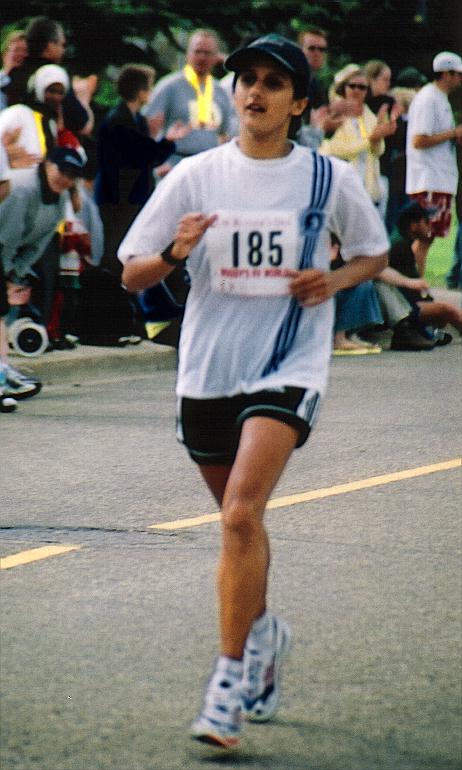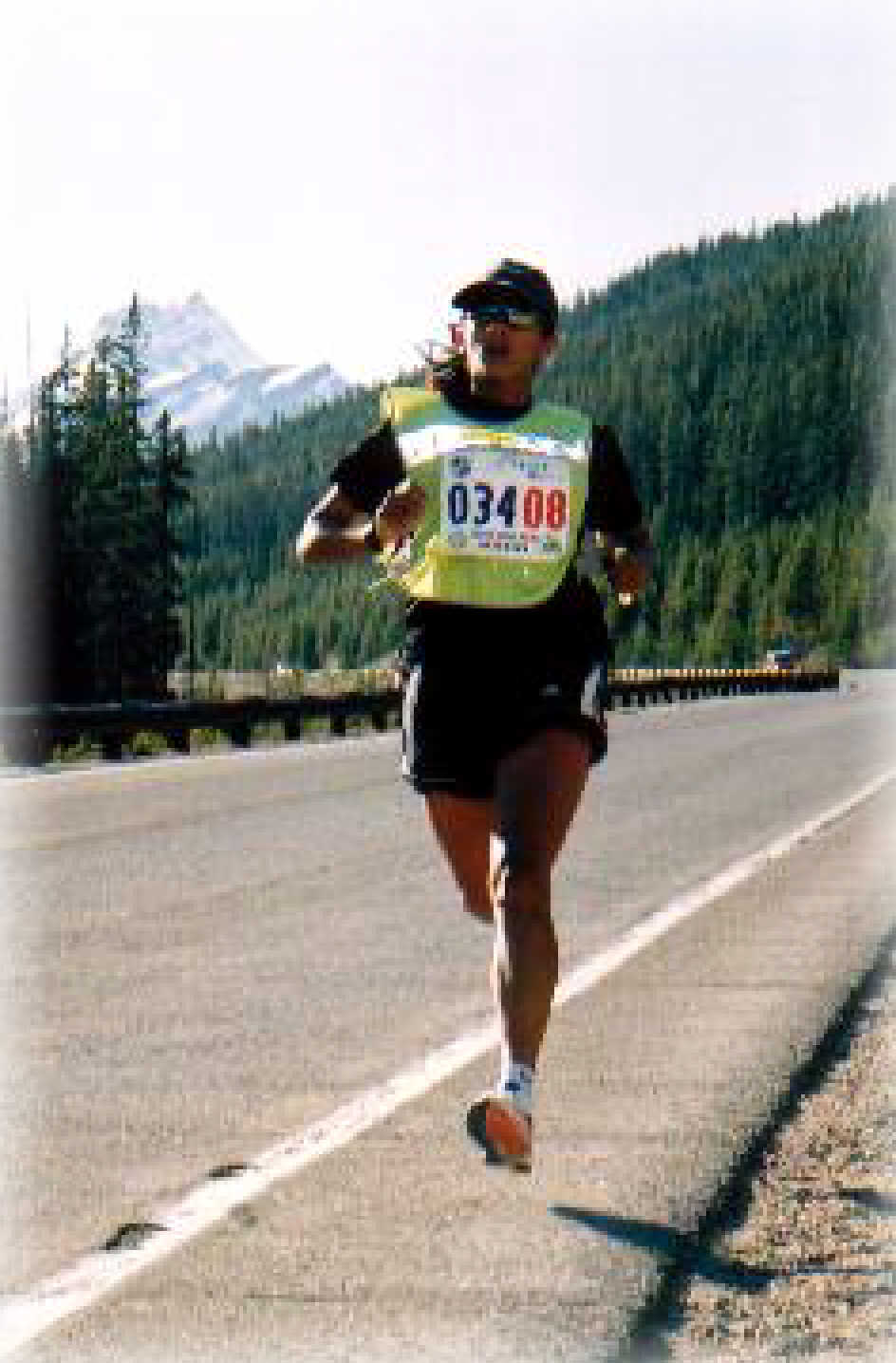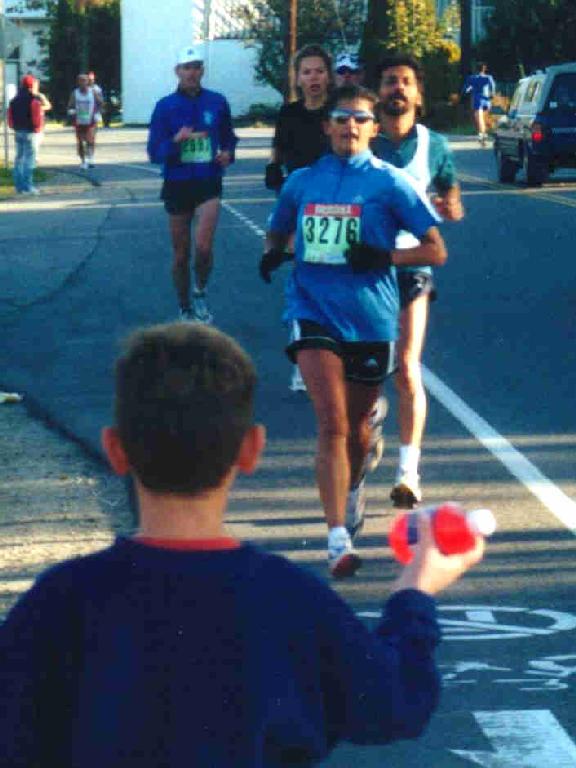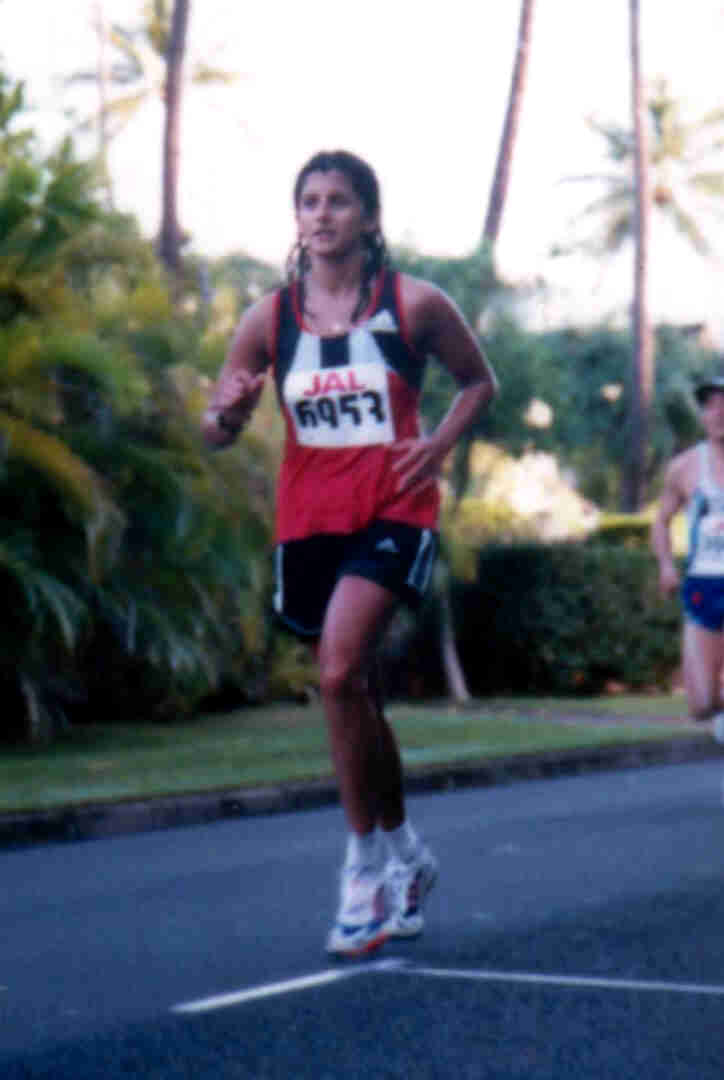| MENU |
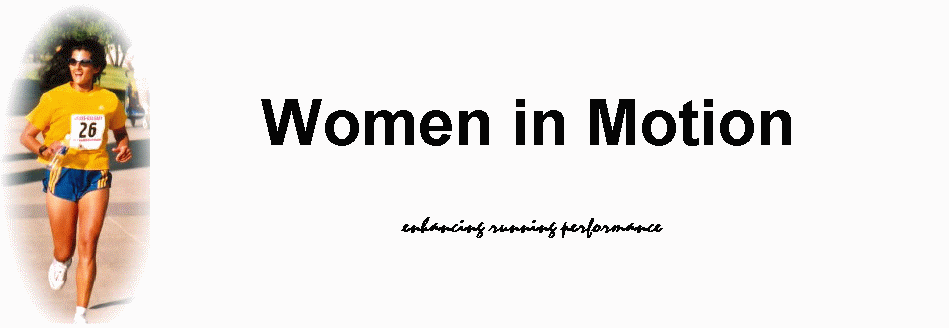
Running Footwear Variables Be Informed When you step into your local running store or into a sports chain, it is wise to know and understand the basics of running shoe construction. This lets the salesperson know that you have an understanding of how a shoe is put together and helps you to find out if the salesperson is knowledgeable about running shoes. The following is meant to provide some general information as well as information that focuses on specific fit and performance variables. This list consists of fit and performance variables that provided by adidas during a north american foot study done to establish criteria for the construction of running shoes. Each participant received 5 pairs of shoes to run with for a day and were asked to complete a questionaire based on the variables below: Forefoot/Toe-box Room: This refers to the volume in the forefoot inside of the shoe. It could be that the shoe fits too tight, too loosely, or just right in the forefoot. For example, feeling pressure on the outside (lateral side) of your forefoot, would indicate that there is not enough forefoot room on the lateral side. Arch Support: How much arch support your foot needs is based both on the strength of your arch as well as the physical height of your arch. If you feel your feet getting tired, but there is no accompanying pain, then the footwear is not providing you with enough arch support. However, if you are experiencing discomfort or pain under the middle of your foot, then your footwear is too supportive in the arch. Forefoot Cushioning: Forefoot cushioning can be too soft, absorbing too much of your energy during each foot-ground contact phase, raising your level of fatigue. However, forefoot cushioning can also be too hard, putting excess force on your ankle, knee and hip joints, causing you to feel pain in any or all of those areas. Rearfoot Cushioning (shock absorption): The ability of the material beneath your rearfoot to absorb the impact of foot strike. The same principles as in forefoot cushioning apply. Medial Support: This term applies to the footwear's ability to limit the amount of pronation experienced during the foot-ground contact phase of the gait cycle. Weight: The weight of a shoe refers to how heavy the shoe is. A shoe that is too heavy for an individual requires them to use extra energy when they are running, resulting in a raised level of fatigue. Forefoot Flexibility: This refers to the stiffness characteristics of the forfoot region of the shoe. Collar Height: The height of the collar, or top most part of the upper that surrounds the ankle. An ankle collar that is too high will irritate your ankle bone(s), while an ankle collar that is too low, will cause your heel to slip out of the shoe too easily. Ride: This is the ability of the shoe to provide a smooth weight transfer from heel-strike to toe off. These descriptors should provide information on what to look for or to lookout for, in running shoes. Women in Motion October 2000 © Women in Motion
|

